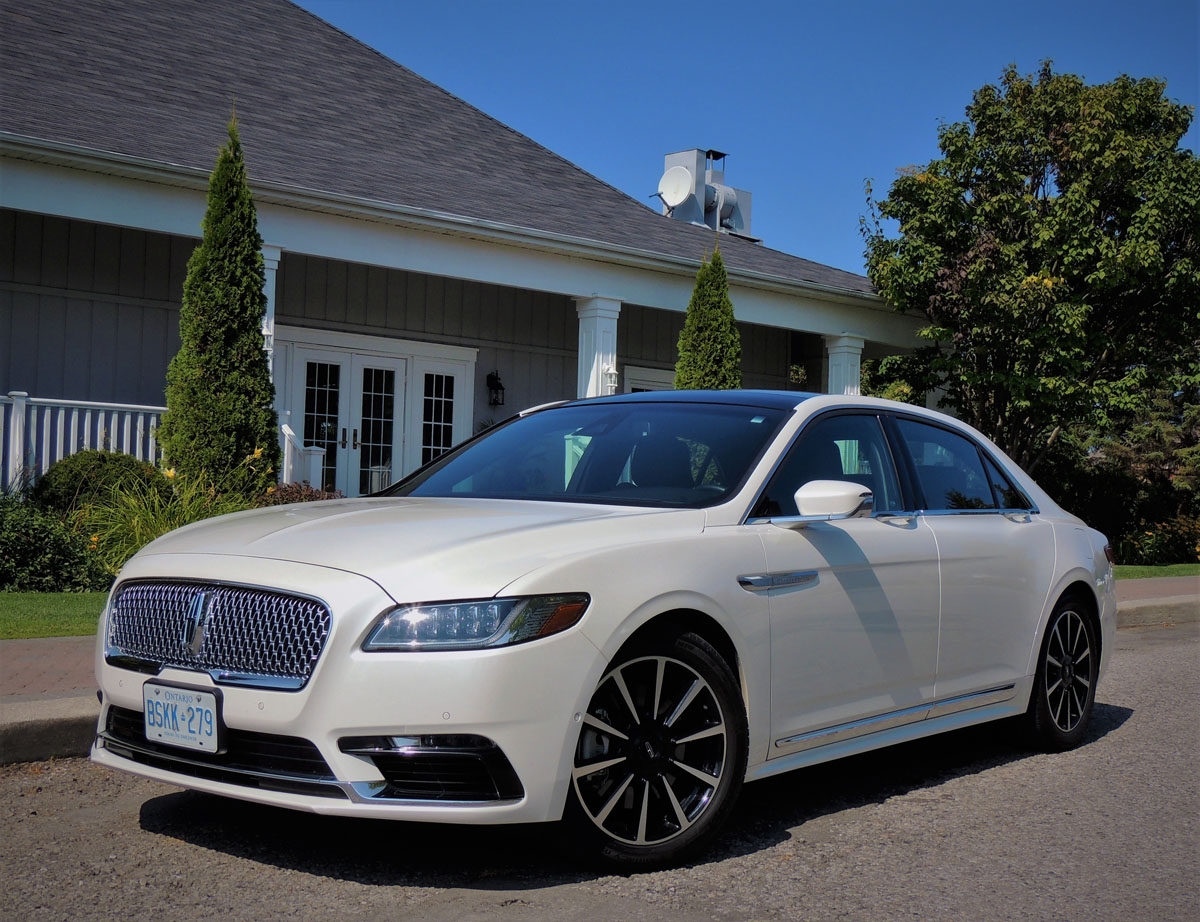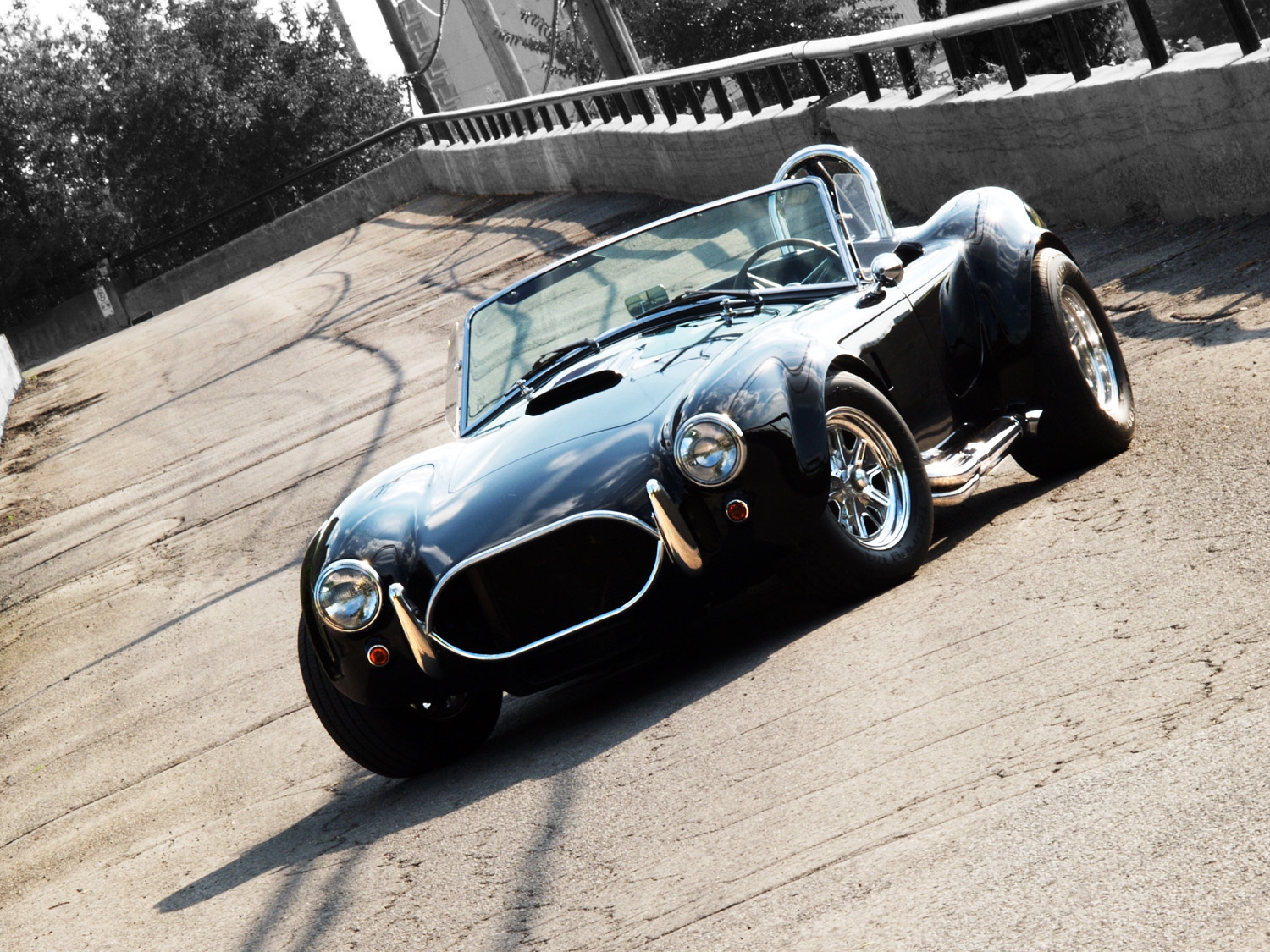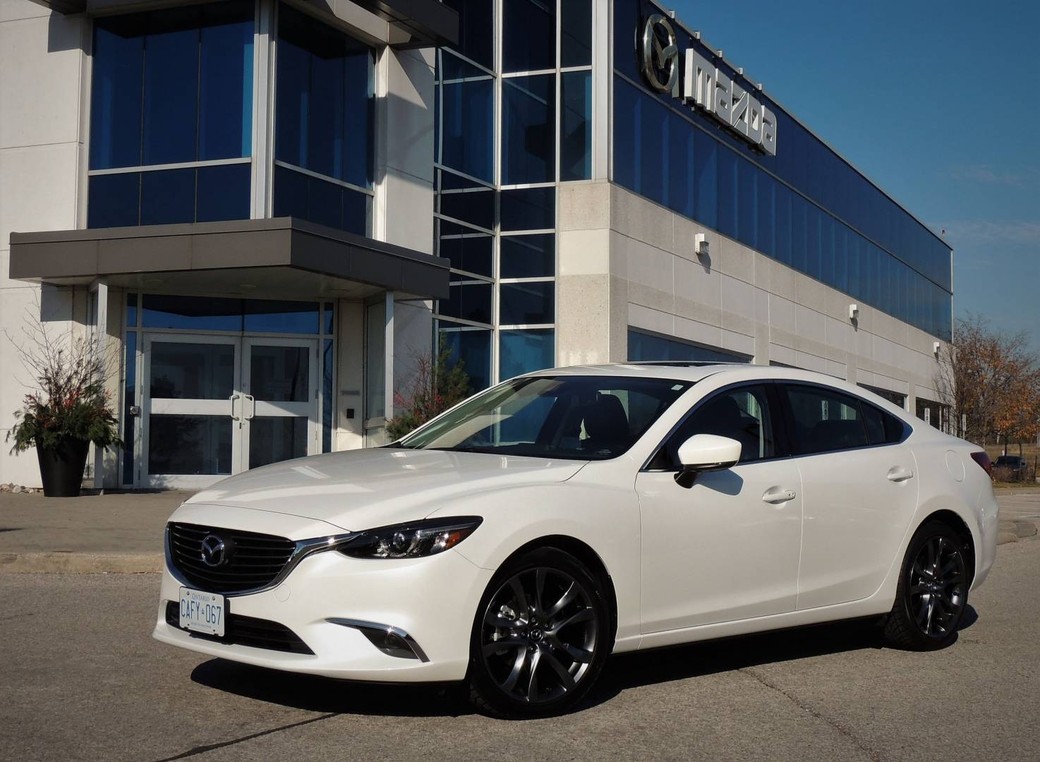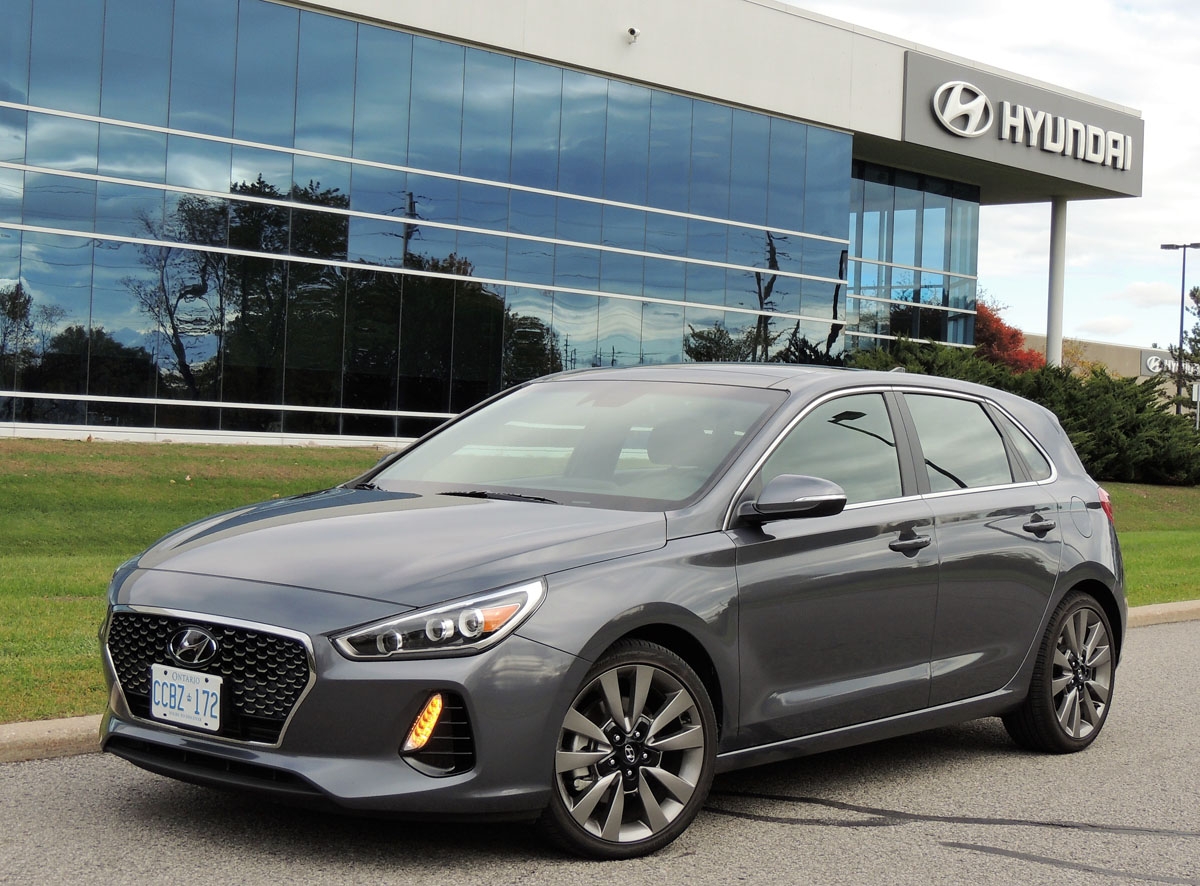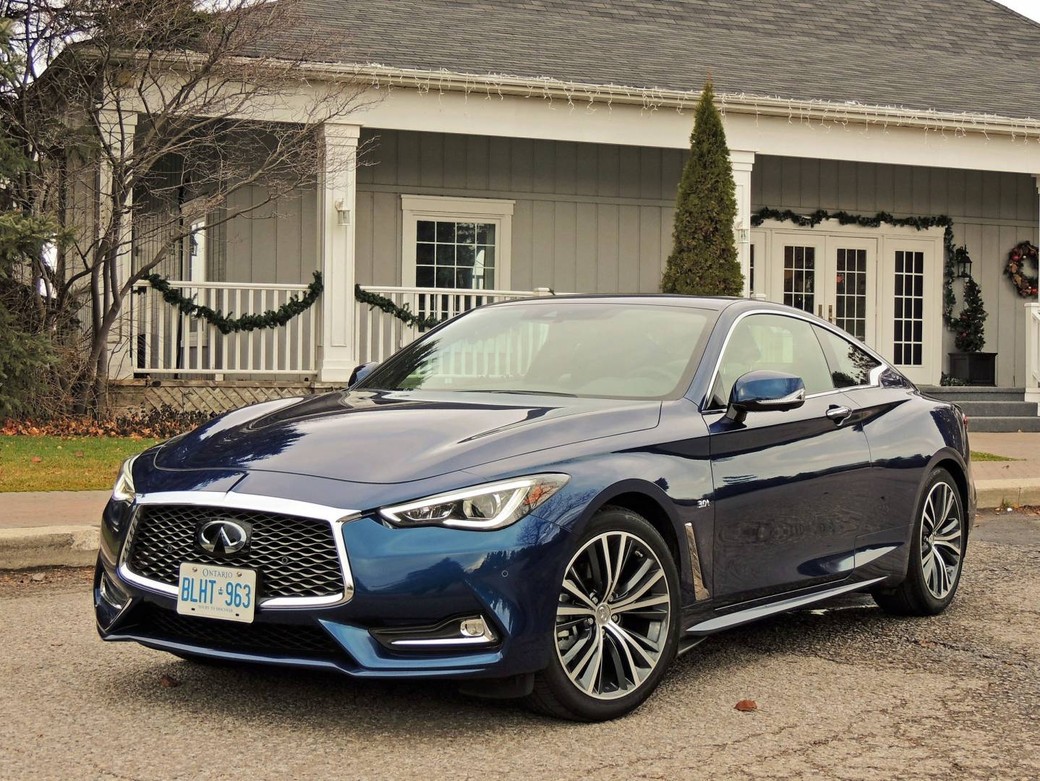
Sleek Infiniti Q60 Comes in Three Flavours – From Mild to Wild
This week’s tester turned no shortage of heads among friends, colleagues and passersby, but there’s one critic in particular who’s even harder to impress.
My 14-year-old son.
Adam is a car geek, and his familiarity with the premium autos from Europe, Asia and North America often parked in our driveway has made him somewhat of a connoisseur – so he thinks.
That, and countless hours glued to Gran Turismo, giving him a savant-like retention for automotive minutia, and a love for rides that look cool and go fast.
So, did he like Infiniti’s Q60?
Every day during my test week, he asked me to drive him to school. “It saves on bus fare,” he’d argue.
Yeah, right…
Although the new model is indeed quite new, the Q60 coupe has been around for a while. Initially as a G Coupe starting in 2002, with the “G” becoming a “Q” for model year 2014.
And with the third generation arriving in showrooms this September, Infiniti is giving buyers one of the prettiest luxury sport coupes in the segment.
The all-new Q is lower and wider than its predecessors, with deeper sculpting and sharper angles. Yet the bold makeover hasn’t lost any of Infiniti’s signature design cues, like the double-arch grille (which is now inset) and crescent-shaped C-pillars. LED headlights emulate the shape of the human eye – one that looks just slightly angry.
The Q60’s long bonnet and short rear deck give it an aggressive silhouette, bolstered by standard 19-inch alloys that fill the big wheel arches.
Engineers have found a way to merge style and aerodynamics, reducing drag to a slippery 0.28. Mirrors and hood are shaped to cut the wind, and front fender vents direct air from the engine bay. Active grille shutters close during normal operation, but open wide when the engine needs to breath deeply.
Which it did regularly during my time with the 3.0T. This is the mid-range Q60 in a three-model lineup that starts with the 2.0T ($45,990), followed by the 3.0T ($52,990) and topping out with the “Red Sport” ($60,990).
The entry model gets a Mercedes-sourced 2.0-litre turbo four, producing 208 hp and 258 lb/ft of torque. The others are powered by a 3.0-litre, twin-turbo V6 that comes in two states of tune: mine with 300 hp and 295 lb/ft of torque and the range-topper with 400 hp and 350 lb/ft.
All come with rear-biased AWD, and are mated to a seven-speed automatic with manual shift mode and downshift rev matching.
The previous engine was a 3.7-litre V6 that delivered 330 hp and 270 lb/ft, with peak torque starting at 5,200 rpm. It was no slouch.
My mid-range Q60 had fewer ponies, but more torque – coming in at a much earlier 1,600 rpm. More on performance later.

The changes continue inside, although its driver-centred cockpit retains the double-wave layout, visually separating both occupants. The design, however, is now more crisp, more modern, with high-contrast double stitching throughout the dash, doors, centre console and seats, which in my case were perforated leather and heated, with eight-way power adjust and memory for driver and passenger.
The Bose audio system was superb. Mapped to the acoustics of the Q60’s cabin, this 13-speaker setup with 10-inch subwoofers pounding out the bass, was the perfect match to my classic rock tastes – also shared by my son. Dire Straits’ ‘Sultans of Swing’ and Pink Floyd’s ‘Comfortably Numb’ never sounded so good.
Accessing it all was easy, with the centre stack located well forward to put the infotainment comfortably close. Climate can be adjusted here as well, but includes separate controls in case you prefer tapping real buttons instead of a touchscreen.
In the rear cabin, leg room is generous but head room is tight – no surprise with the Q60’s steeply-raked roofline. Anybody much over five-foot-eight may be banging their head on the rear windscreen.
For carrying longer items, the back seat drops flat as a single slab, creating a continuous floor into the 246-litre boot. No match for its Q50 sedan sibling, but if you want to haul steamer trunks, a coupe isn’t your best option.
The base 2.0T comes well equipped with power moonroof, dual-zone climate control, eight-way power front buckets, six-speaker audio system, dual-screen infotainment, rearview monitor, smart key with pushbutton start, and more.
My tester added semi-aniline leather, heated front seats and steering wheel, navigation, power tilt/telescopic steering, and the previously mentioned Bose audio.
It also included the $2,000 Driver Assistance Package with forward emergency braking (with pedestrian detection), predictive forward collision warning, parking sensors, around-view monitor and blind spot warning.
All Q60s get a drive mode selector, allowing you to choose between Standard, Sport, Snow, Eco or Personal settings.
Six-cylinder models are equipped with rack electric power steering, with settings for ‘standard’ or ‘sport.’ It’s nicely matched to the vehicle’s taut, but still forgiving suspension, providing quick, precise movement and decent feedback.
Optional, as part of the Technology package ($3,200), is Direct Adaptive Steering (DAS). This steer-by-wire system is also tuned for more natural steering feedback, with effort increasing linearly with speed and lateral G forces. At the same time, it filters out kickbacks and vibrations from rough road surfaces.

DAS has more settings than the standard setup, and was developed to work in tandem with the Dynamic Digital Suspension (DDS).
It’s an electronic suspension, using sensors to monitor body roll, pitch and bounce rate. The electronic dampers react accordingly, and are tailored to provide a balance of comfort and handling by your drive mode settings.
My preference was ‘Sport,’ and although some may prefer Q60’s softer Standard setting, my experience was far from bone jarring, with the added benefit of more agility and flatter cornering.
All made better by an engine that is not only willing, but able to respond quickly at the prod of a pedal.
Sport mode sharpens the throttle and shifts later, giving the coupe a significantly more aggressive character than in other settings. Particularly in ‘Snow,’ where gradual power delivery makes for smoother, straighter acceleration – and less wheelspin.
For those with the need for speed, and the budget to handle it, Q60’s 400-hp variant would seem a good fit. Zero to 100 km takes less than five seconds.
But don’t discount the performance one trim level down. My 3.0T had plenty of get-up-and-go, and barely a hint of turbo lag – thanks to peak torque starting at a low 1,600 rpm all the way to 5,200.
And with Adaptive Shift Control tweaking transmission mapping to suit your driving style, road conditions and the car’s momentum, the seven-speed automatic upshifts and downshifts quickly and appropriately. I found little use for the manual option.
Other than the hassle of climbing in and out of the back seats, which was no problem for my kids, but would be for anybody over 40, I had few gripes with the Q60. My wife, however, is more sensible in choosing a family ride and would instead opt for the four-door option – the Q50 Sedan.
If we had the budget.
I suspect this conversation occurs regularly between well-heeled gearheads and their partners, as the sedan is outpacing the coupe in Canada by a ratio of nearly three to one.
But it’s still selling briskly, and with Infiniti’s style makeover, well-appointed interior and mild-to-wild powertrain options, Q60 now has the chops to compete with the best from Europe and Japan.

SNAPSHOT: 2017 Infiniti Q60
BODY STYLE: luxury sport coupe
ENGINE: As tested 3.0-litre, twin turbo V6 (300 hp, 295 lb/ft), Base 2.0-litre turbocharged inline four (208 hp, 258 lb/ft), Red Sport 3.0-litre, twin turbo V6 (400 hp, 350 lb/ft)
TRANSMISSION: seven-speed automatic with manual shift mode; all-wheel-drive
FUEL ECONOMY: (as tested) 11.2/8.5 litres/100 km (city/hwy)
CARGO: 246 litres
PRICING: Base 2.0T ($45,990), 3.0T ($52,990), Red Sport ($60,990). Packages, options, freight and taxes extra
WEBSITE: infiniti.ca

